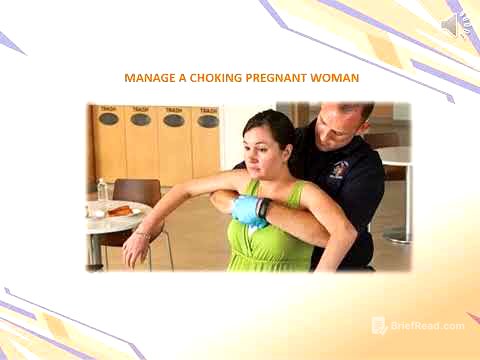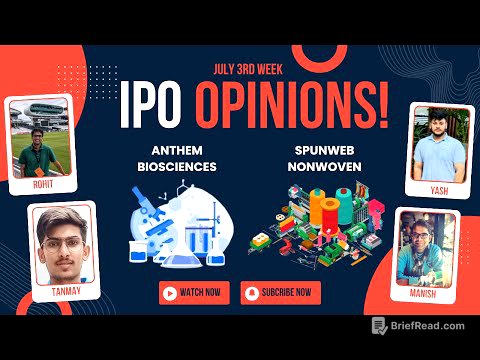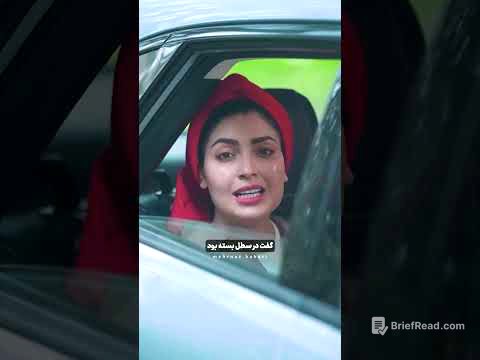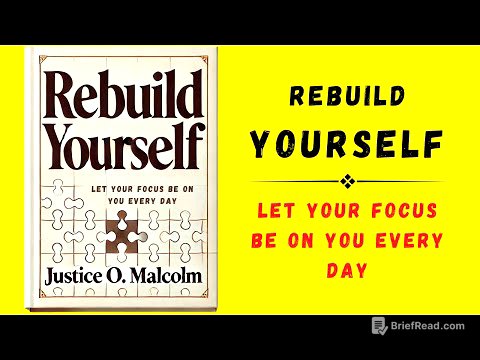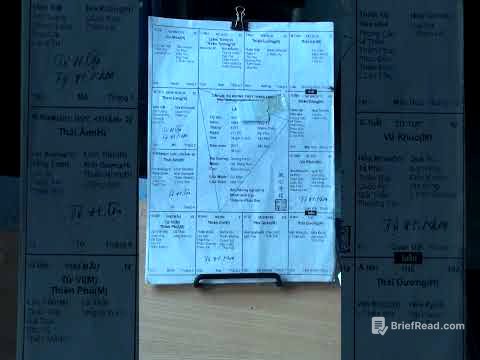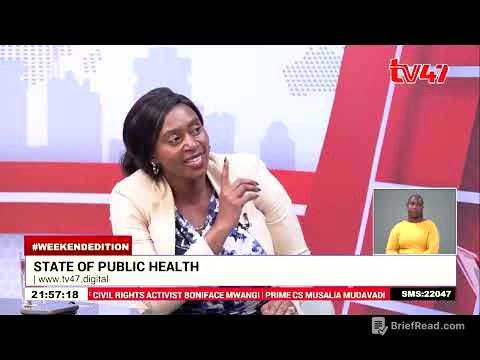TLDR;
This video provides a tutorial on how to quickly identify and understand different types of reading texts without having to read them in full. It covers descriptive, report, procedure, recount, and narrative texts, offering clues and keywords to identify each type, along with their purposes. The video concludes with practice questions to reinforce the learned techniques.
- Learn to identify text types quickly using keywords.
- Understand the purpose of each text type.
- Practice identifying texts with example questions.
Introduction [0:00]
The video introduces a method to efficiently answer reading text questions by identifying the type of text without fully reading it. This technique aims to save time and reduce the feeling of being overwhelmed by long texts.
Descriptive Text [1:41]
Descriptive text describes specific objects, people, places, or animals, focusing on unique characteristics. It often starts with "My," indicating a personal connection or specific subject. Examples include "My best friend," "My dog," or specific places like "Monas" or "Pink Beach." The purpose of descriptive text is to describe something in detail, introduce a subject, or attract visitors to a place.
Report Text [5:20]
Report text describes something in general, based on analysis or observation, often using scientific names. It covers animals, plants, natural phenomena, or technology. Identifying factors include the presence of scientific names and general descriptions. The purpose is to describe in general terms, inform about natural phenomena, or highlight specific features of animals or plants.
Descriptive vs. Report Text [7:51]
The key differences between descriptive and report texts are highlighted. Descriptive texts use personal pronouns and lack scientific names, while report texts provide general information and include scientific terminology. For example, "My cat" is descriptive, whereas a general description of cats with scientific names is a report.
Procedure Text [9:10]
Procedure text provides instructions on how to do or make something, such as operating a device or following a recipe. It is characterized by steps or a sequence of actions. The purpose is to show how to make something, explain how to use something, or give instructions.
Recount Text [11:02]
Recount text narrates past events, such as holidays, events, or biographies. It typically includes clear time references like "last week," "last month," or specific dates. The purpose is to retell past events or share experiences. Keywords like "when" or specific time references are indicators.
Narrative Text [13:46]
Narrative text tells an imaginative story to entertain. Common examples include fables, legends, and fairy tales. Identifying features include opening phrases like "Long time ago," "Once upon a time," or "One day." The primary purpose is to entertain.
Summary of Text Types [15:08]
A consolidated summary of all text types is presented:
- Descriptive: Starts with "My," describes a specific place or thing, and aims to attract visitors.
- Report: Discusses plants, animals, phenomena, or technology with scientific names, aiming to describe in general.
- Procedure: Includes steps (1, 2, 3), showing how to make or use something.
- Recount: Begins with "When," includes a biography, and aims to share past experiences.
- Narrative: Starts with "Long time ago" or "One day," aiming to entertain.
Practice Questions [16:56]
The video provides practice questions to apply the learned techniques:
- A text about Orchard Road in Singapore is identified as descriptive because it describes a tourist spot.
- A text starting with "Once upon a time" is identified as narrative, with the purpose of amusing.
- A text containing the word "standing" is identified as recount, aiming to share an experience.
- A text about the Javan rhinoceros is identified as report, with the purpose of providing a general description.


